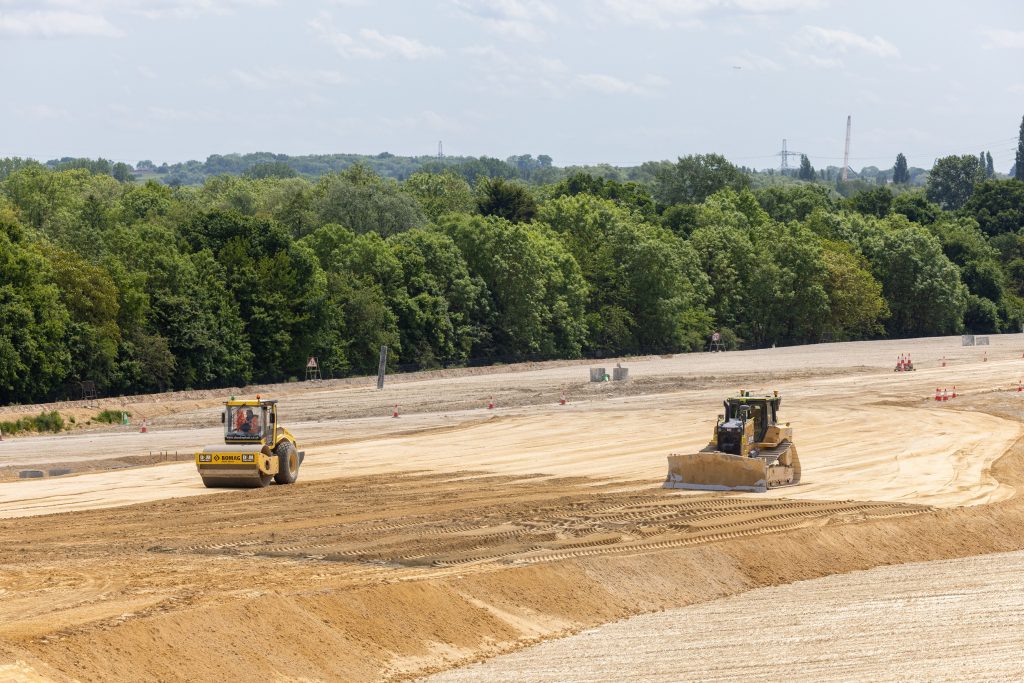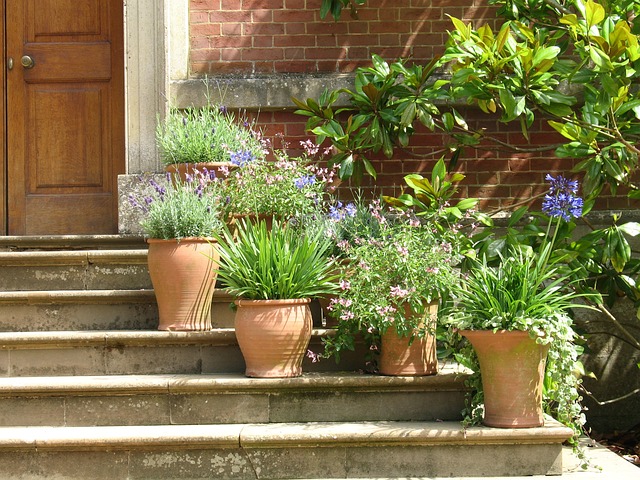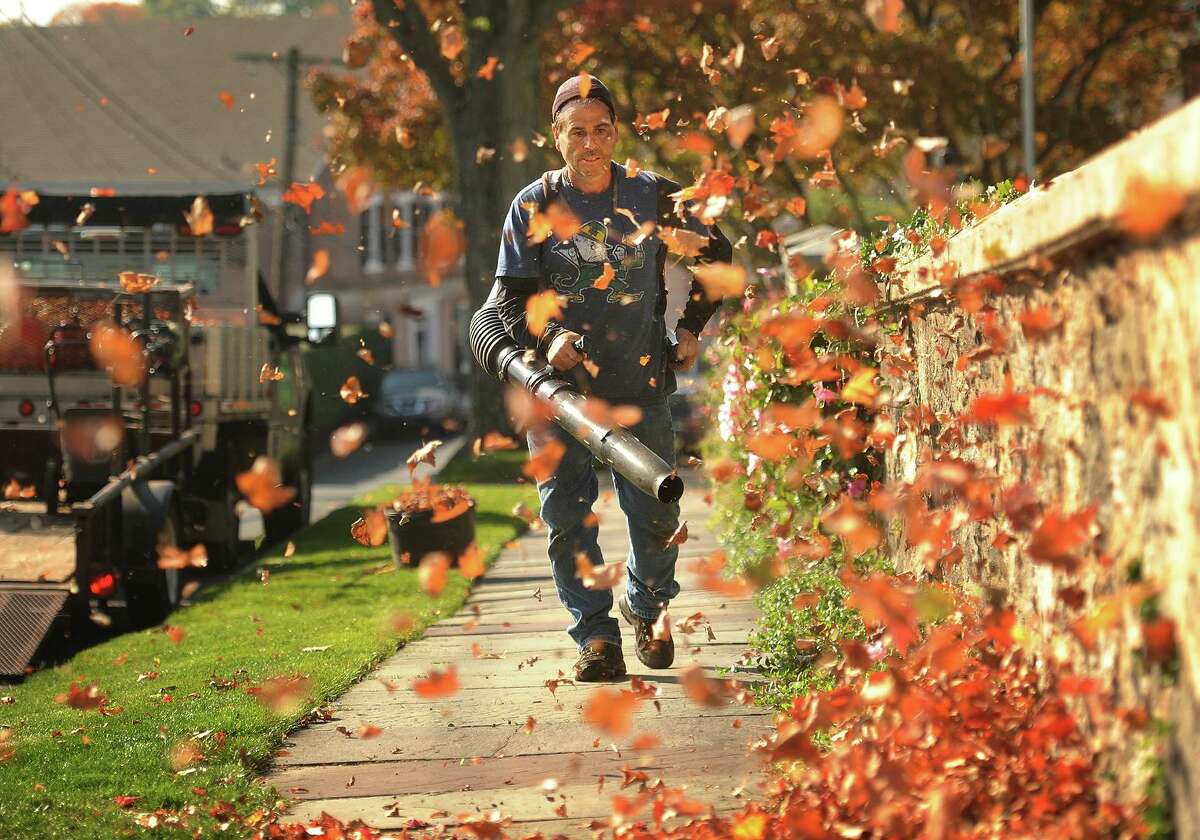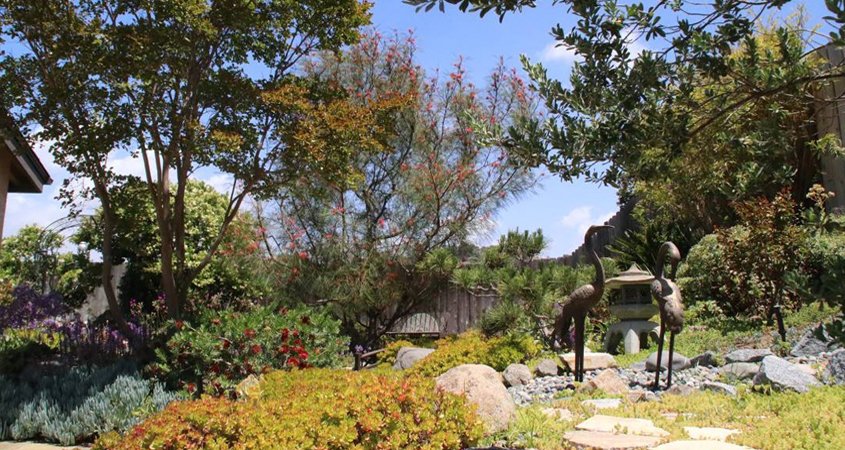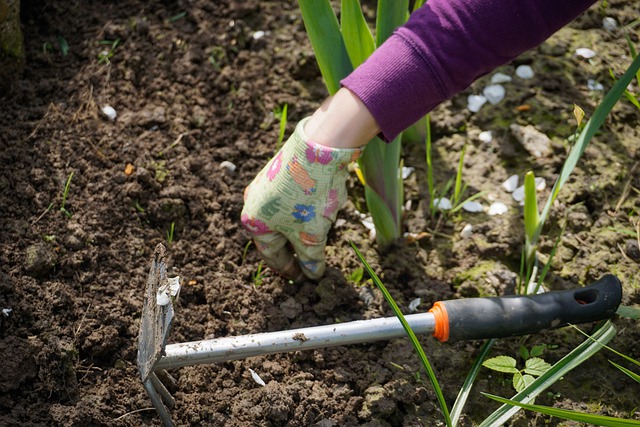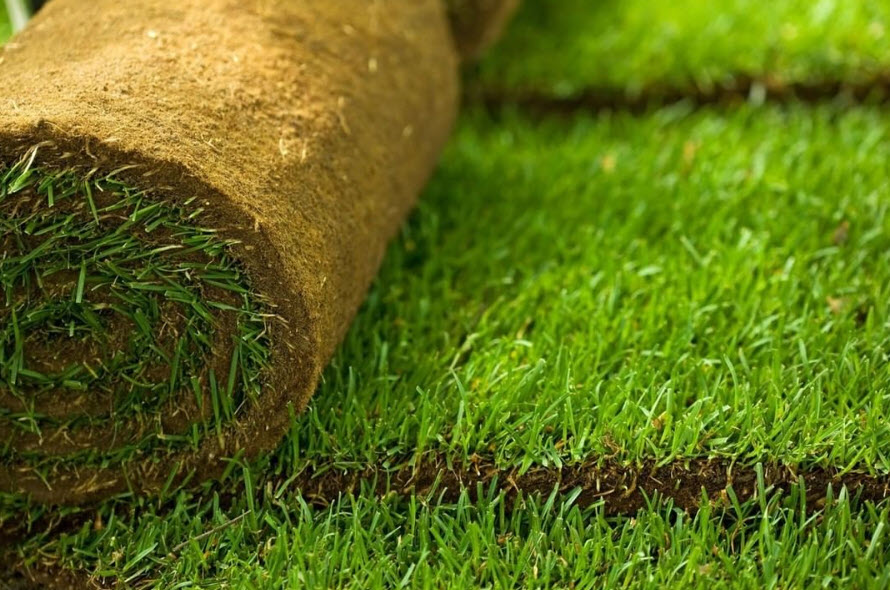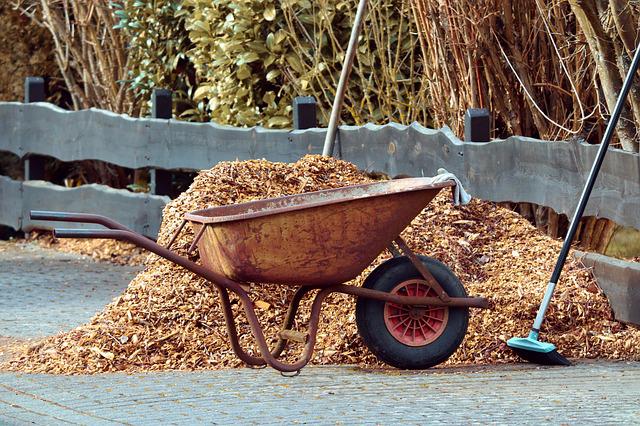Maintaining a beautiful yard year-round requires consistent landscaping efforts. Whether you’re a gardening enthusiast or just looking to spruce up your outdoor space, these maintenance tips will help you achieve a stunning landscape that you can enjoy throughout the seasons.
First and foremost, regular lawn care is essential. This includes mowing your lawn at the correct height and frequency, as well as regular watering and fertilizing. Trim overgrown bushes and trees to ensure they don’t overpower your yard. Regularly rake and remove leaves and debris to keep your lawn looking tidy.
Furthermore, it’s important to consider seasonal updates to your landscaping. Planting flowers and shrubs that bloom at different times of the year will add pops of color and interest to your yard no matter the season. Take advantage of the beauty nature provides each season and plan your landscaping accordingly. For example, consider planting spring bulbs like tulips and daffodils, or opt for vibrant fall foliage trees to enhance the autumnal appeal.
Lastly, don’t neglect your hardscape elements. Walkways, patios, and fences all play a significant role in the overall appeaL of your yard. Regularly check for any damages or cracks in these features and repair them promptly. Regular cleaning and adding a fresh coat of paint can also help to maintain the overall beauty of your hardscape.
By following these landscaping maintenance tips, you can ensure a beautiful yard year-round. Remember to prioritize regular lawn care, include seasonal plants into your landscape design, and keep an eye on hardscape elements. With a little effort and planning, you’ll have an outdoor space that will be the envy of the neighborhood in no time.
Contact RCH Landscaping Today for a Free Estimate

